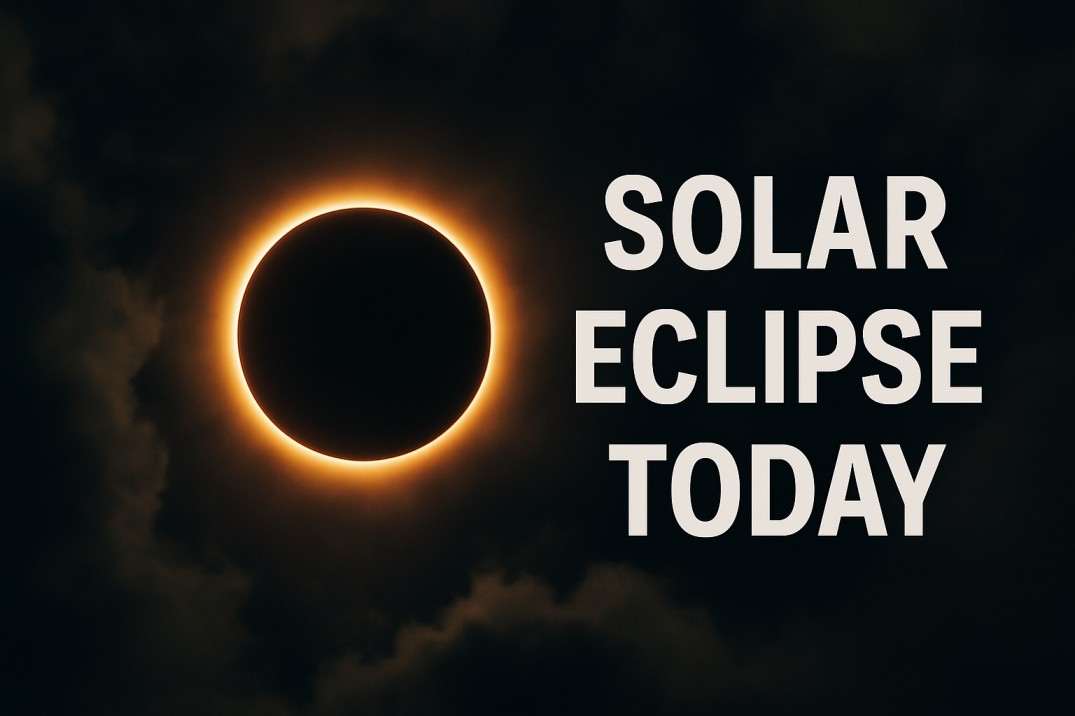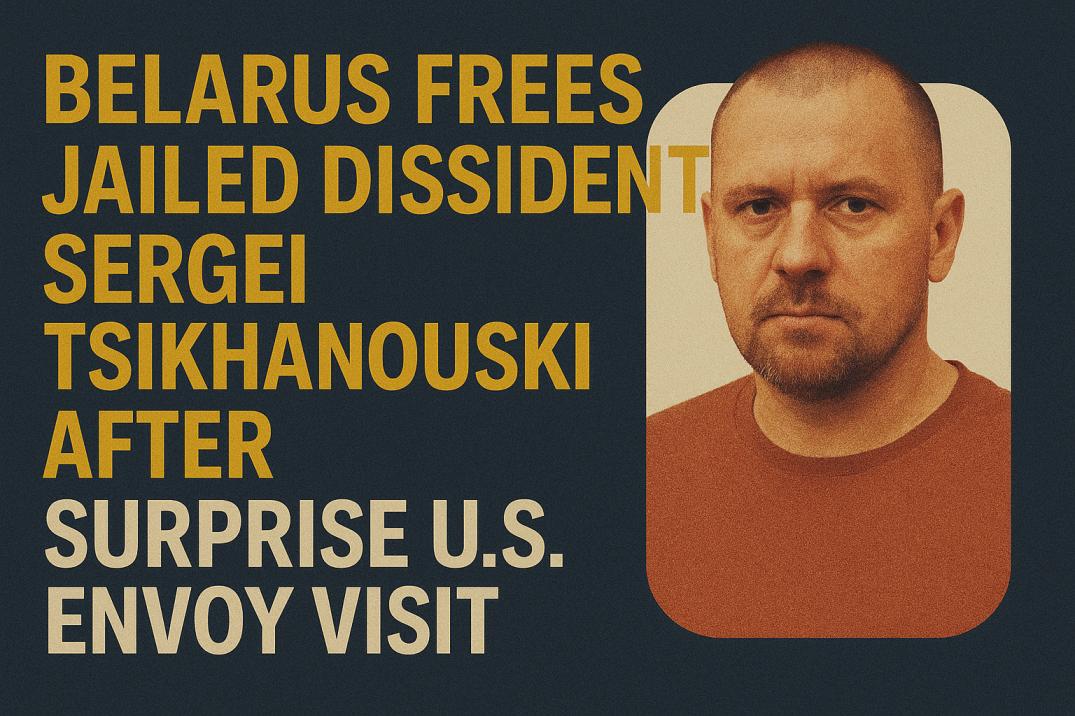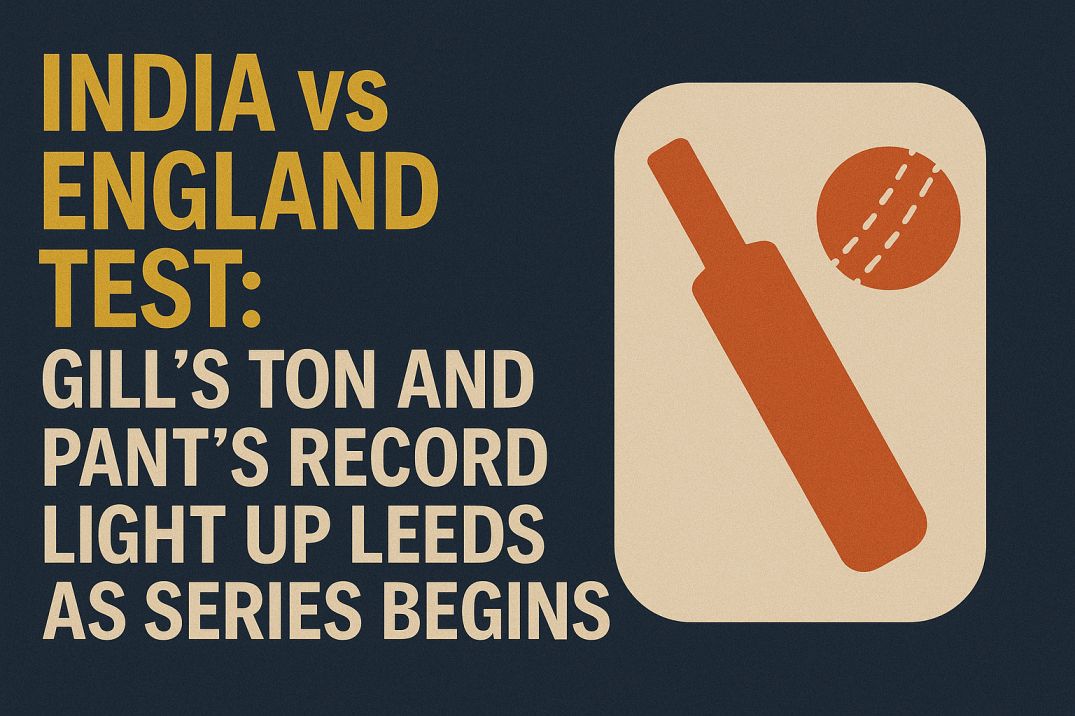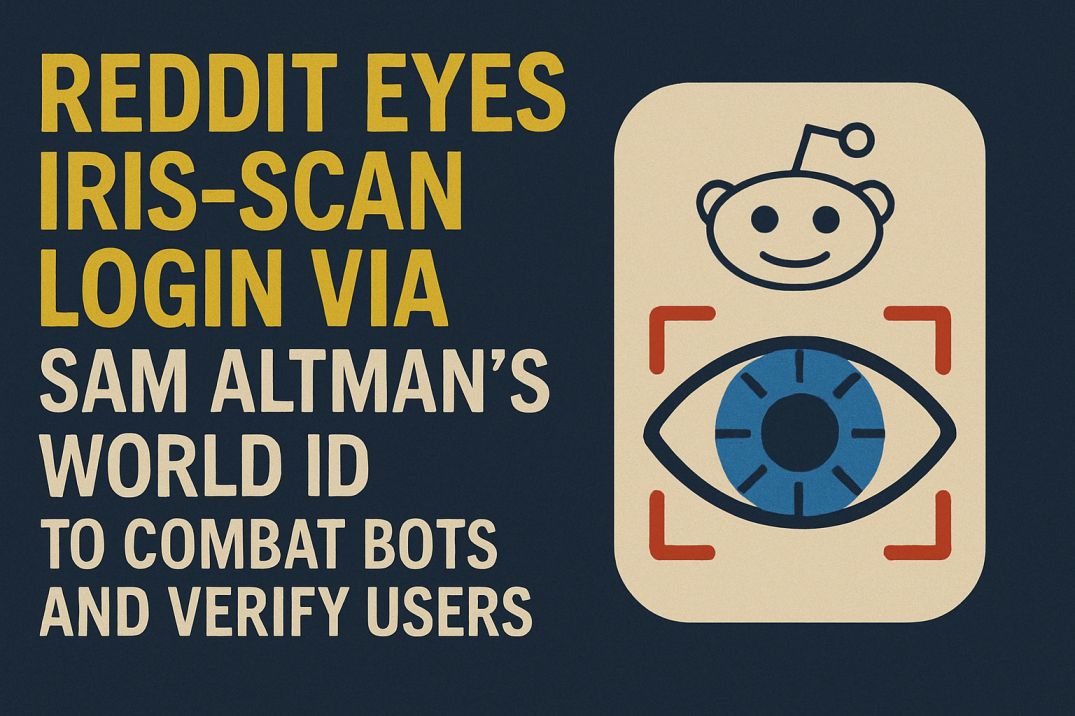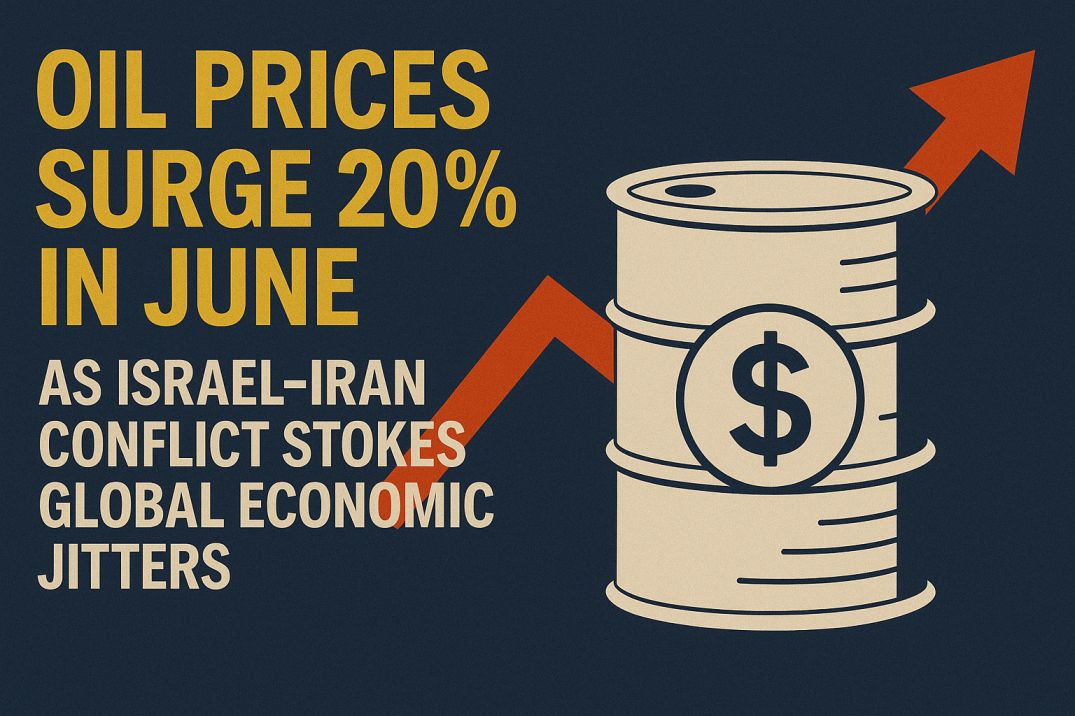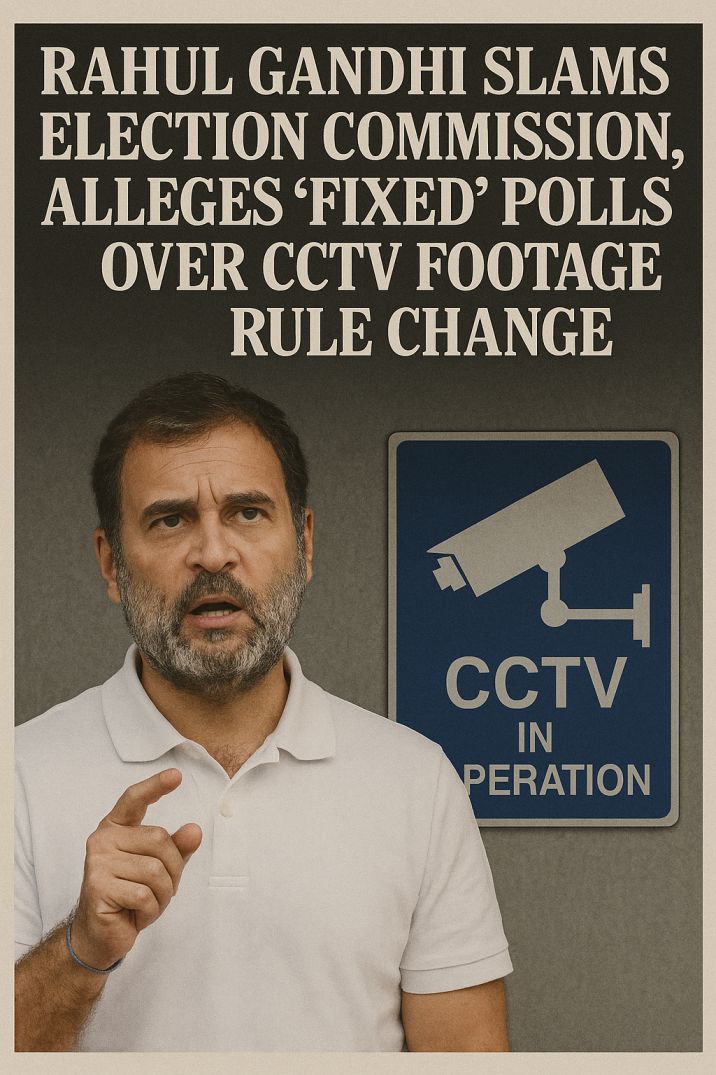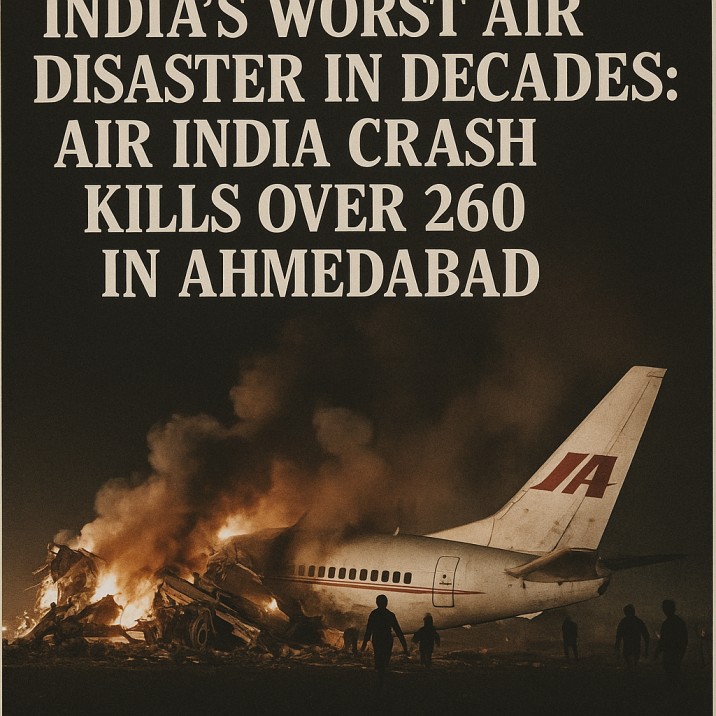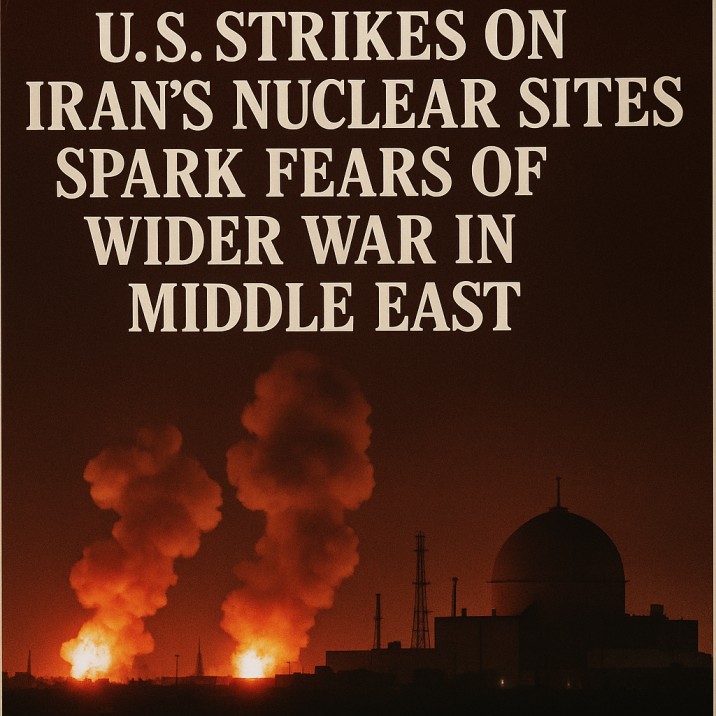
What Happened: A major Middle East conflict escalated dramatically as the United States entered an ongoing war between Israel and Iran. On June 21, U.S. President Donald Trump announced a “very successful attack” on three Iranian nuclear facilities, saying they were “completely and totally obliterated” by precision airstrikes. The strikes targeted Iran’s key uranium enrichment sites at Fordo, Natanz, and Isfahan, using B-2 stealth bombers and bunker-buster bombs. The U.S. intervention came after over a week of hostilities between Israel and Iran that began on June 13, when Israel launched surprise airstrikes on Iranian nuclear and military targets, alleging Iran was nearing a nuclear weapon capability. Iran retaliated with missile attacks on Israeli cities, including Tel Aviv, causing civilian casualties on both sides.
When and Where: The conflict intensified over the past nine days across multiple fronts. Israeli fighter jets struck sites deep inside Iran, including near the capital Tehran and the southwest oil-rich Khuzestan province, where powerful blasts were heard in Ahvaz. Iran, in turn, fired salvos of missiles and drones at Israeli territory, hitting targets as far as Haifa. The U.S. strikes were carried out on the night of June 21, with President Trump addressing the nation from the White House that evening. Meanwhile, Iran’s 86-year-old Supreme Leader Ayatollah Ali Khamenei has reportedly gone into a secure bunker amid the chaos, reducing electronic communications to avoid detection. In an unprecedented step, Khamenei has named a line of succession – choosing replacements in Iran’s military chain of command and three senior clerics as potential new supreme leader – in case he is assassinated during this conflict. This underscores how perilous the situation has become; Iranian officials say the Israeli bombardment over the past week inflicted more damage on Iran than the country suffered during the entire 1980s Iran–Iraq war.
Who Is Involved: The war pits Iran against Israel and now the United States. President Trump’s decision to join Israel’s war effort marks a massive escalation, aligning the U.S. and Israeli militaries “like perhaps no team has ever worked before,” as Trump said in praising Israeli Prime Minister Benjamin Netanyahu. Trump warned Iran that if it does not seek peace, “future attacks…could be far greater”. Iran’s leadership has remained defiant. Ayatollah Khamenei proclaimed that U.S. involvement would bring “irreparable consequences”. Iran’s allies and proxies in the region are also being drawn in: for example, the Iran-backed Houthi movement in Yemen has threatened to target U.S. ships in the Red Sea in retaliation. There are growing fears of a broader regional conflagration, with Iranian media even circulating “World War III” memes as the public processes the gravity of a U.S.-Iran direct clash.
Why It Matters: This conflict is already being described by observers and netizens as a potential “World War III” scenario, given the direct confrontation between Iran and a U.S.-Israel coalition. It marks the first time U.S. forces have directly attacked Iran’s homeland. The death toll is mounting rapidly: over 400 Iranians have been killed by Israeli strikes since fighting began last week, according to Iran’s Health Ministry. Israeli cities have also suffered casualties from Iranian missiles and drone strikes, though exact figures on the Israeli side are not yet clear. The entry of the world’s most powerful military (the U.S.) raises the stakes enormously – threatening to draw in other major powers. Already, diplomatic shockwaves are spreading: China’s President Xi Jinping urged a ceasefire in a call with Russia’s Vladimir Putin, pointedly calling on “major powers with special influence” (an implicit reference to the U.S.) to help cool the situation rather than inflame it. Russia – a close partner of Iran – has offered to mediate, even as it continues its own conflict in Ukraine. Gulf Arab states and European governments are scrambling to prevent a wider war that could engulf the region and disrupt global security.
Background and Context: Tensions between Israel and Iran had been simmering for years over Iran’s nuclear program and its support for militant groups. In early June, Israel claimed Iranian uranium enrichment was approaching weapons-grade and launched “Operation Rising Lion” – a campaign of pre-emptive strikes on Iran’s nuclear infrastructure. Iran’s Islamist government, viewing Israel as a sworn enemy, hit back forcefully, activating proxy militias and striking Israeli cities directly for the first time. As the war intensified, Israel lobbied Washington for support. After some hesitation, President Trump – who had been sending mixed signals – finally agreed to intervene with U.S. airpower. Domestically, this marks a defining moment in Trump’s presidency (which began in January 2025). He framed the strikes as necessary to “stop the nuclear threat posed by the world’s No. 1 state sponsor of terror”, referring to Iran. However, critics worry the U.S. has now been pulled into a potentially protracted war. The U.S. also has thousands of troops stationed across the Middle East who could become targets of Iranian retaliation.
Potential Implications: The immediate concern is a wider Middle East war. Iran has threatened to target U.S. bases and allies across the region in revenge. American and Israeli officials say their goal is to destroy Iran’s nuclear capability, but it is unclear what the endgame is if Iran does not capitulate. President Trump insists the strikes were a “spectacular success”, declaring Iran’s nuclear sites “wiped out”. Yet Iran may still have clandestine facilities or the ability to rebuild – and its resolve to expel U.S. influence has only hardened over decades of enmity. There are also fears of global economic fallout (discussed in Story #5 below), as oil prices have spiked amid the fighting. World powers at the United Nations are urgently seeking a diplomatic off-ramp to prevent the conflict from spiraling. Many recall that exactly 40 years ago, in 1985, the world came close to a U.S.-Soviet clash over the Middle East – and analysts are warning that today’s crisis, if mismanaged, could escalate beyond the region. For now, the world is on edge, watching to see if cooler heads can prevail or if this flashpoint will explode into a far broader war.
Satellite imagery of Iran’s Fordo underground nuclear facility, which was targeted by U.S. “bunker-buster” bombs on June 21, 2025.



